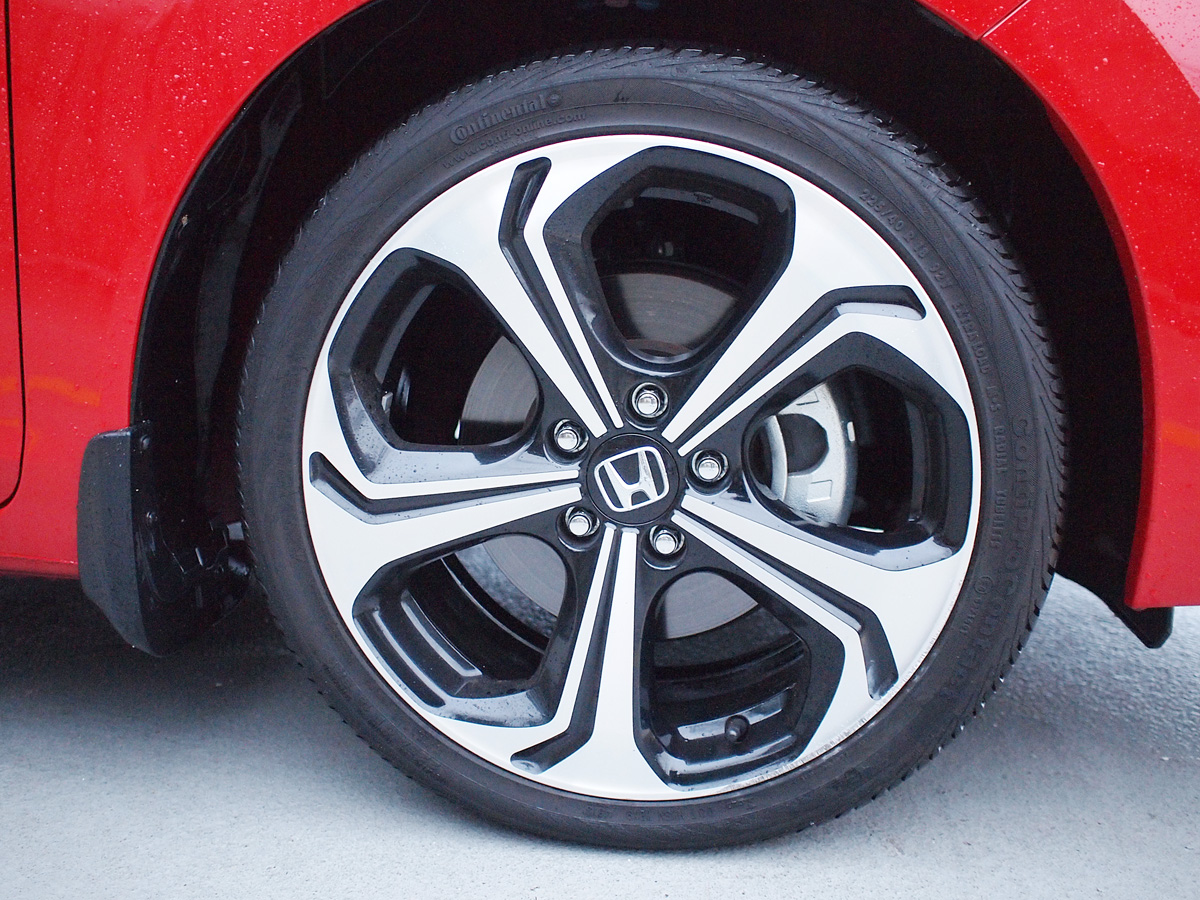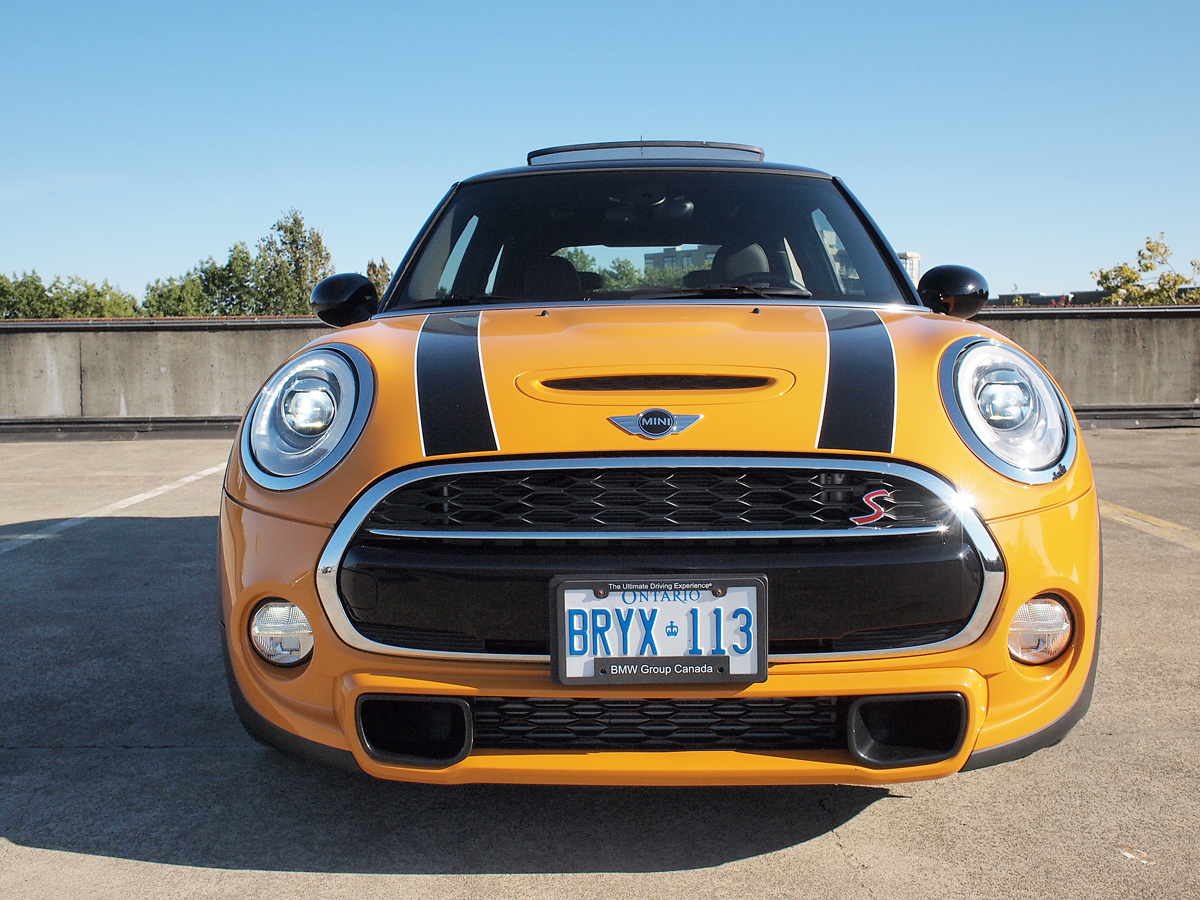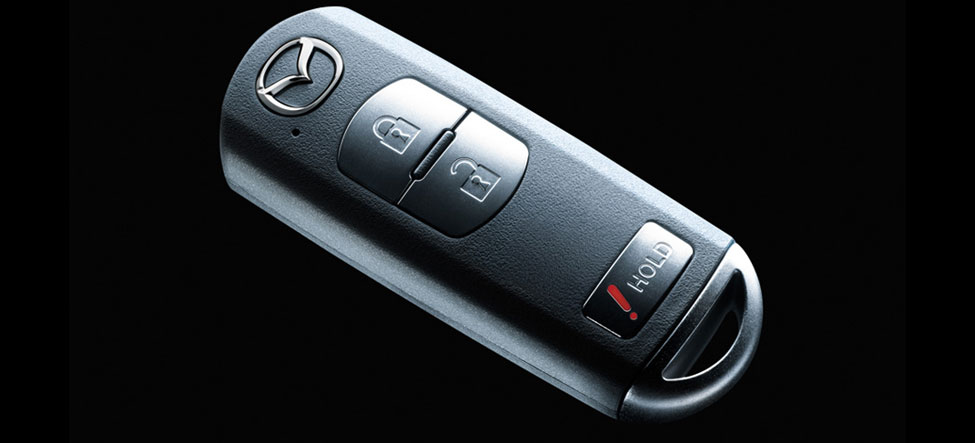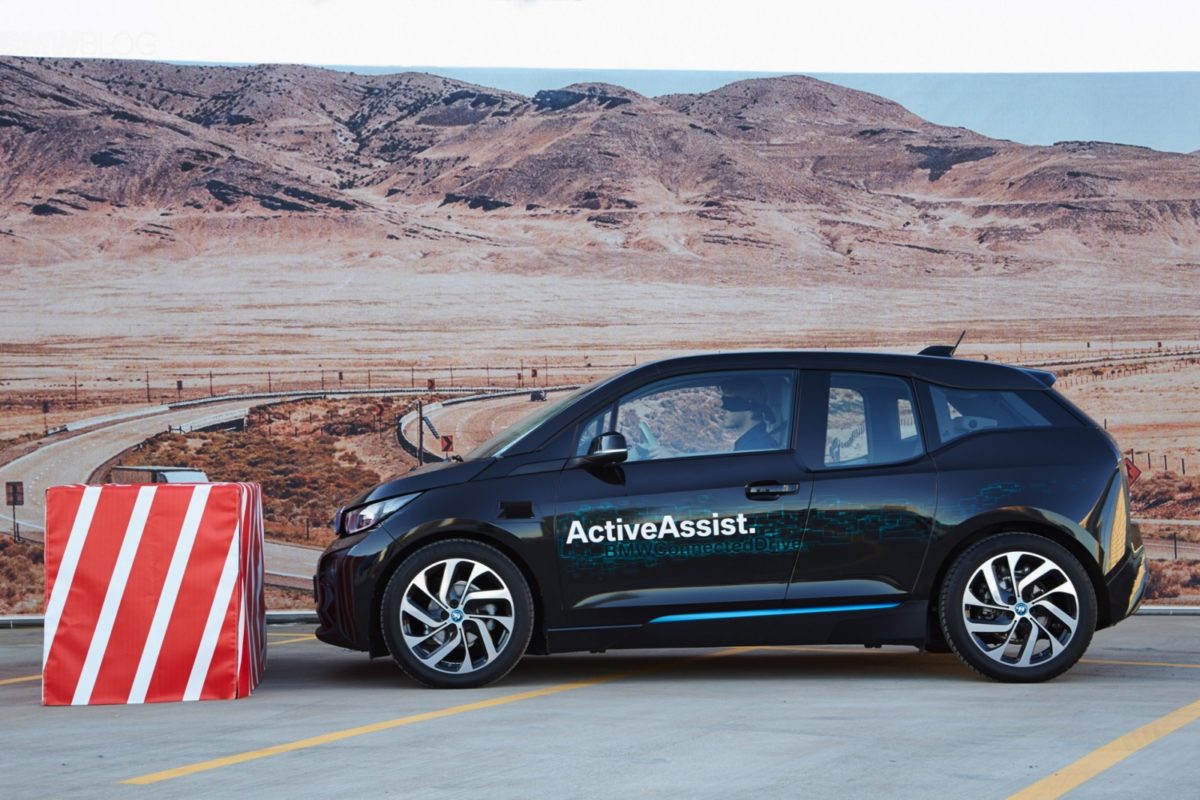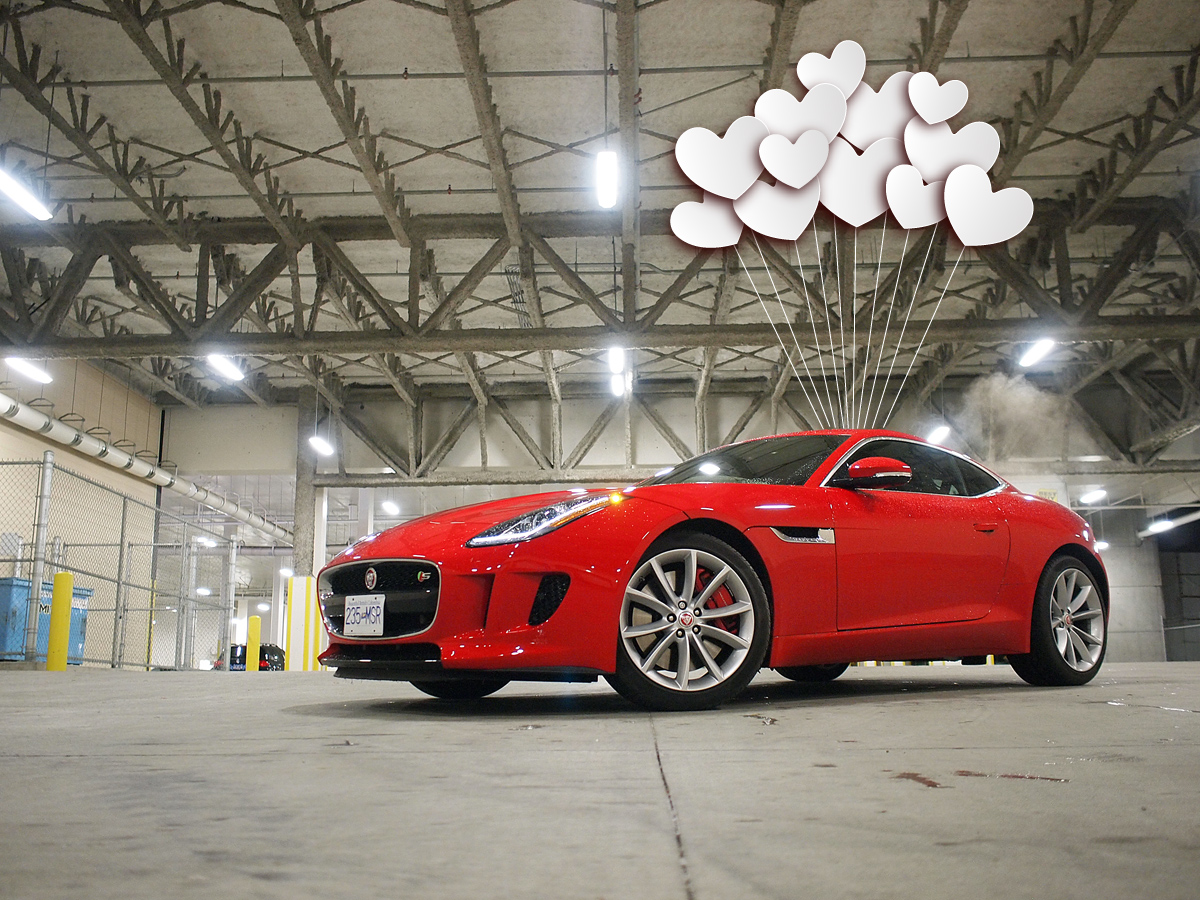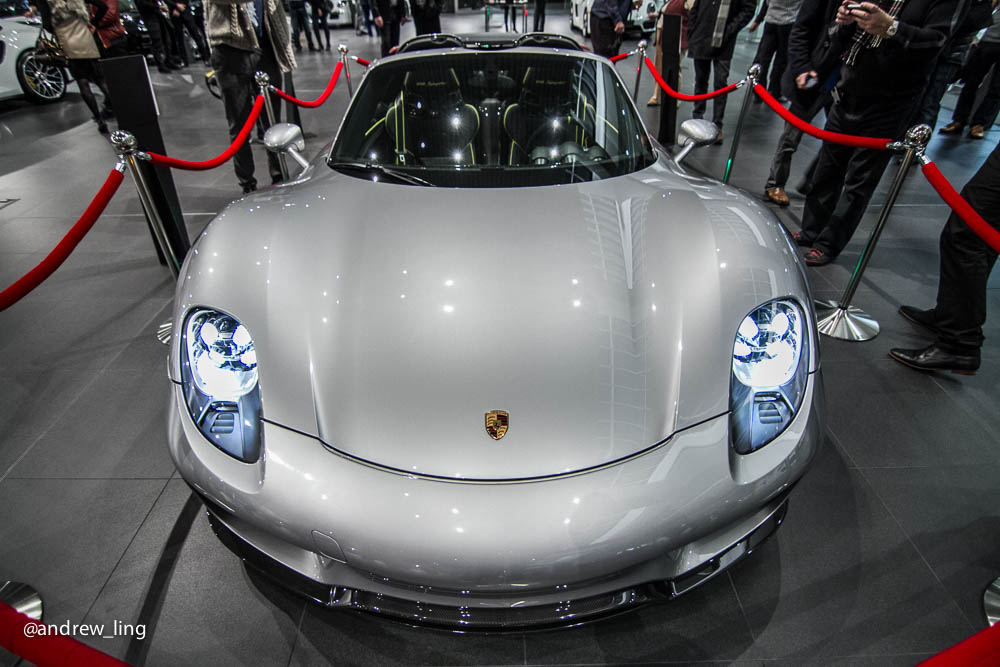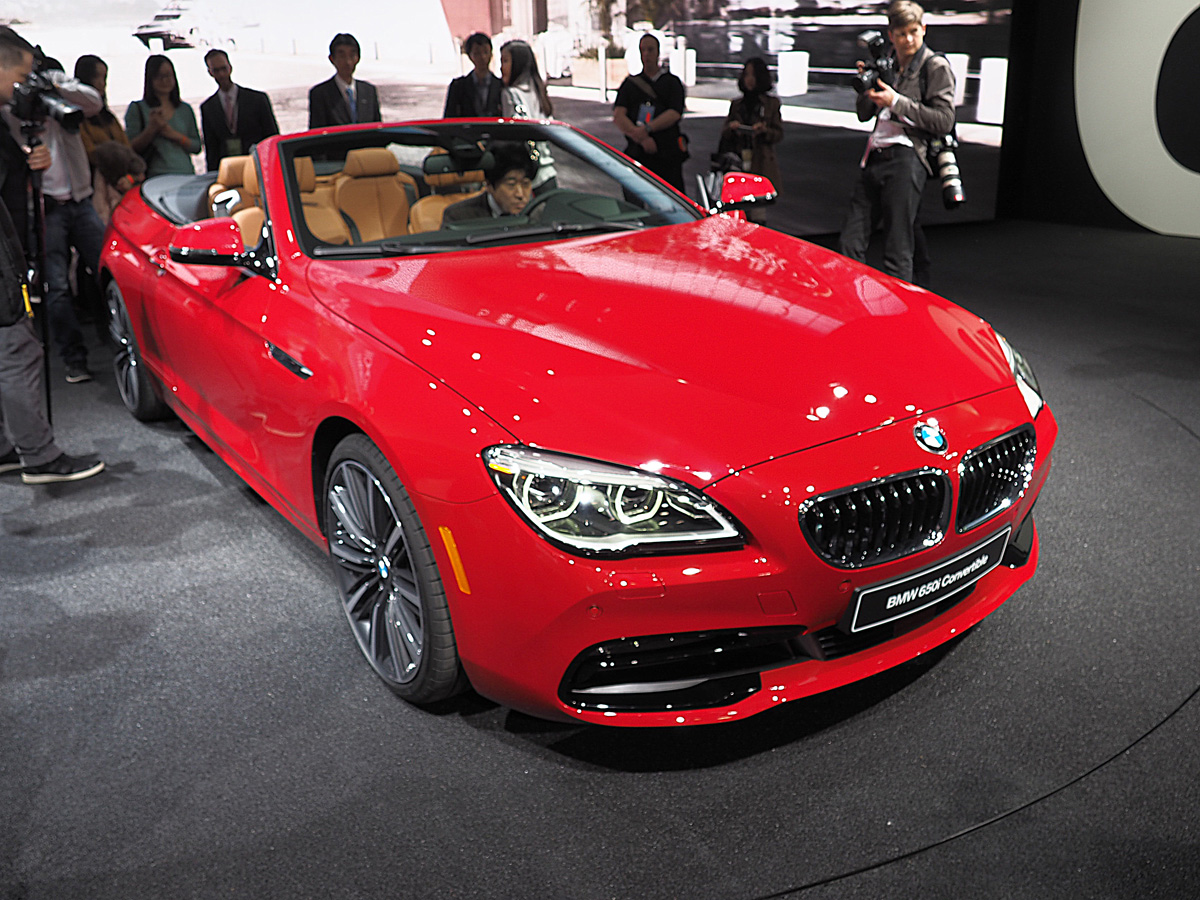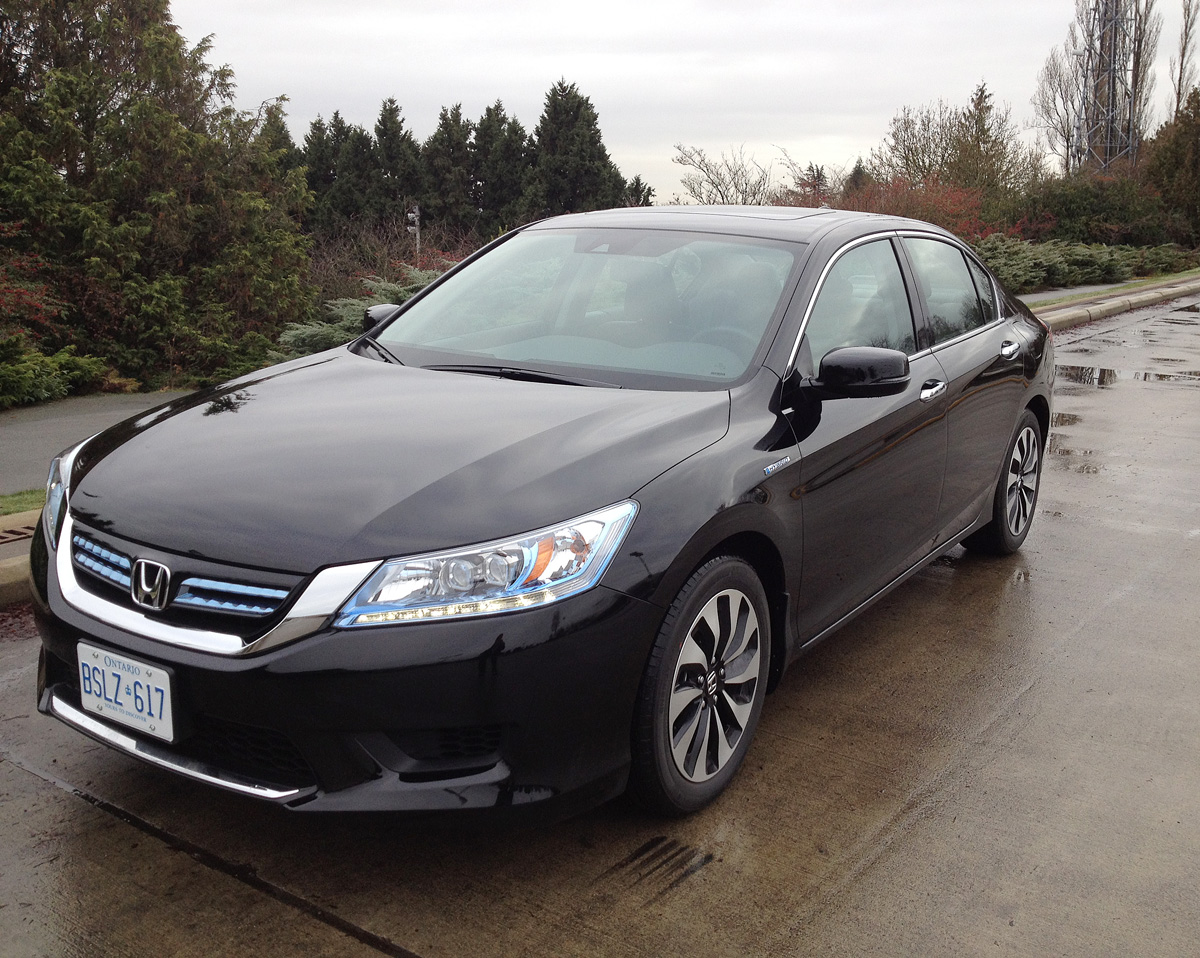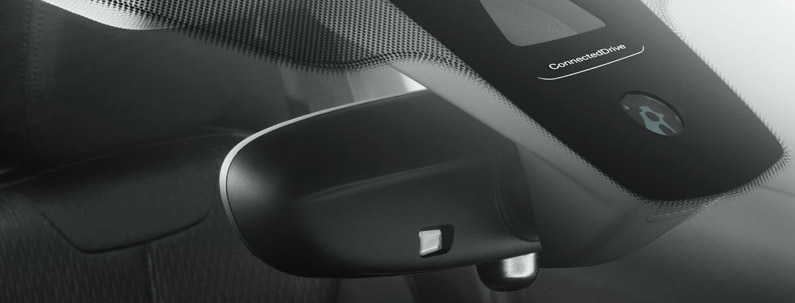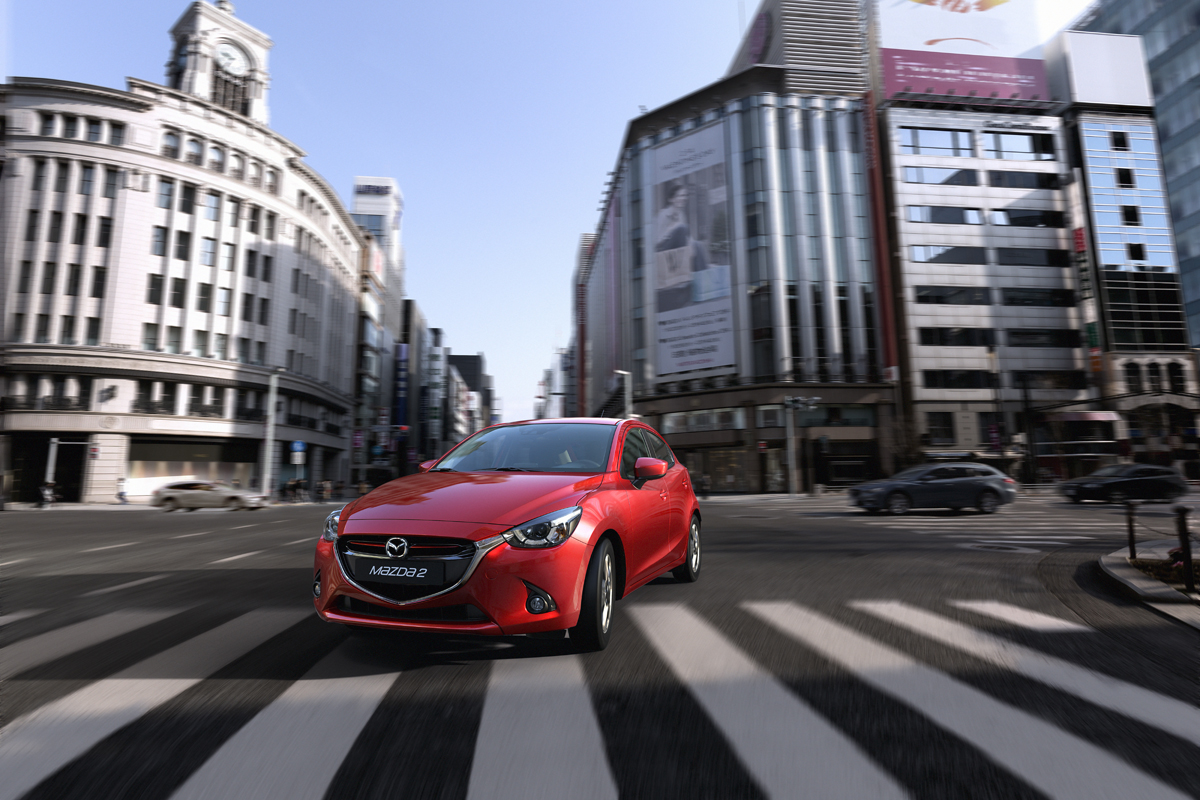Brakes: what's the difference between discs and drums?
For many casual drivers, their idea of a vehicle’s brakes is simply the pedal left of the throttle, and the expensive item that shows up on their service bill every few years. Never mind trying to ask whether they can discern between disc and drum setups. Fortunately, we “brake” down the differences of the two systems for you below.
Drum brakes

This type of braking mechanism is called a “drum,” because that is precisely what it looks like. Still found on some vehicles being released in the market today — think entry-level cars like the Toyota Yaris or Honda Fit — it is the usually dark-coloured cylinder located underneath each of the rear wheels on newer vehicles.
The outer casing of drum brakes is made from either cast iron or, to a lesser extent, aluminium. Inside the drum is a set of “shoes,” which are crescent-shaped metal pieces that have a high friction material affixed onto the outer edges. When a driver steps on the brakes, a specialized fluid transfers the movement from the pedal to the shoes that then press up against the drum to slow the wheel, and the car, down.

Drum brake shoes
Disc brakes
People nowadays are most likely familiar with the disc brake system that has become increasingly ubiquitous over the last couple of decades. Rather than featuring a drum, disc brakes utilize a round rotor also made from cast iron, or in high-performance applications composites, including carbon and ceramic.
A “caliper” sits above and straddles both sides of the rotor (as seen in the picture below of a 2015 Scion FR-S), a part that contains a series of hydraulic pistons and a high friction brake pad on either side. Activating the brakes causes the pistons to clamp down and push the pads to make contact with the rotor, slowing down the vehicle. This is similar to what happens when braking on a bicycle.

Each time this process takes place, both the brake pad and the rotor wear away due to abrasive friction. Generally, the pads will be depleted sooner than the rotors and require more frequent replacement.
Other differences
Because of its enclosed design, drum brakes are prone to excessive heat build-up under high-stress situations, which can cause “fade,” meaning the brakes start to lose their effectiveness. The rotors used in disc brakes on the other hand are exposed to ambient air resulting in constant cooling.
Cost of manufacturing is one of the reasons some automakers continue to offer partial drum brake setups. That said, the front brakes do the majority of the work since weight is shifted forward each time you brake, so only having discs in the front is more than adequate for most motorists.
Replacement

The life of brake components varies greatly depending on models, personal driving habits and driving conditions — the best thing to do is take your vehicle in for regular servicing to ensure everything is working properly. If you hear or feel anything out of the ordinary like squealing or shuddering when the brakes are applied, make sure you consult a professional immediately.


